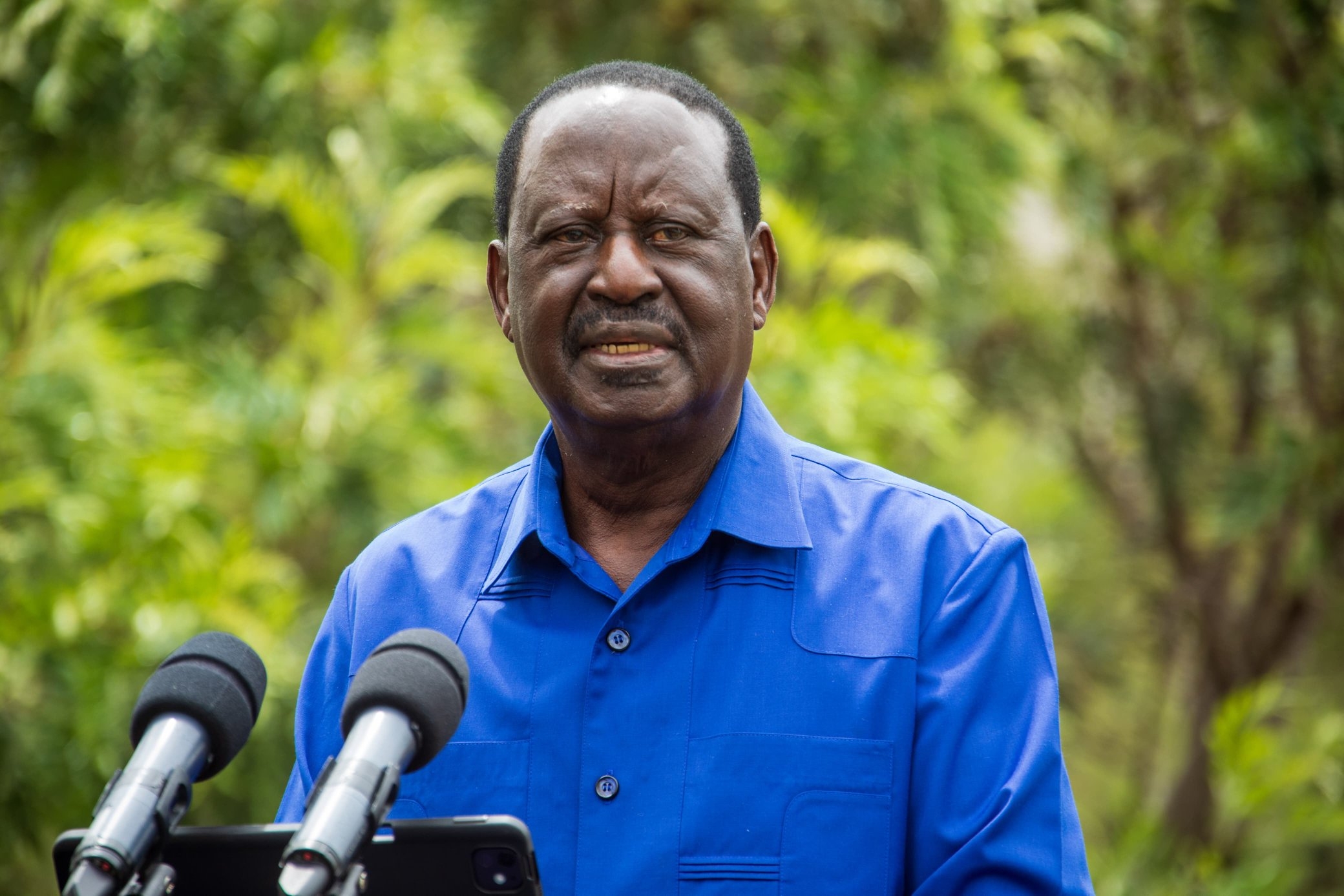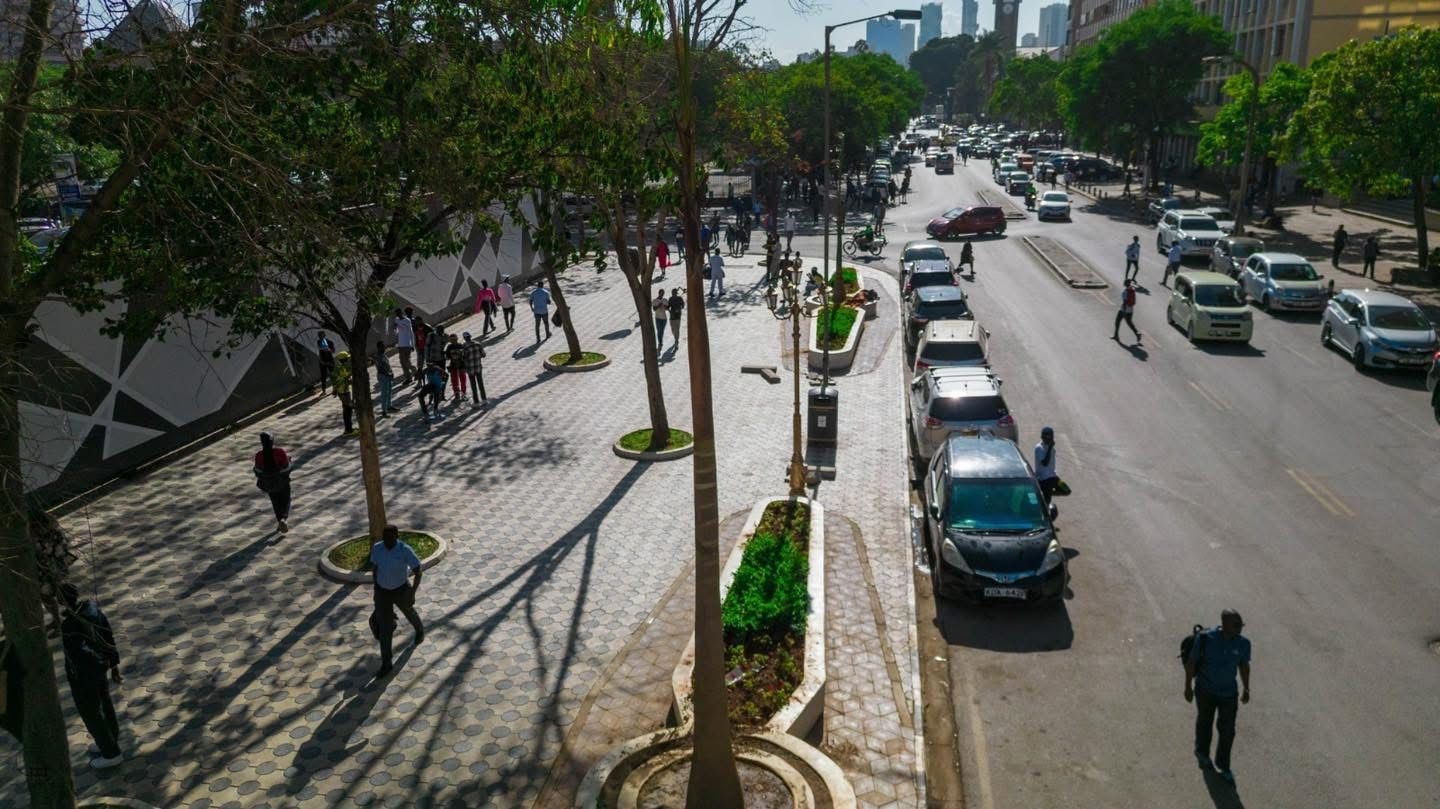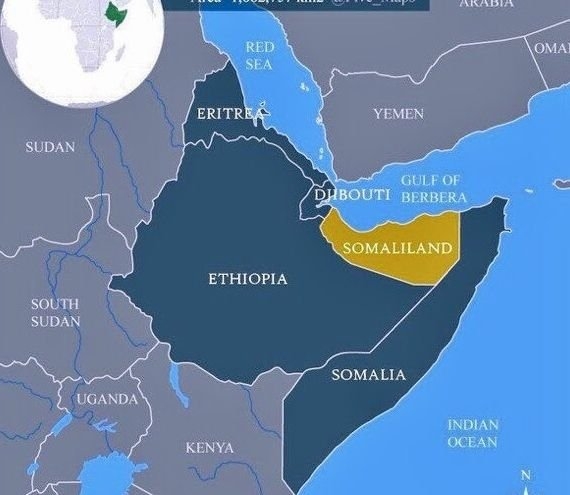In a move to safeguard the country’s forests, Environment and Climate Change Cabinet Secretary Aden Duale imposed a ban on the export of raw wood veneers.
Though unfamiliar to many Kenyans, the veneer industry in the country has long been a source of both economic opportunity and environmental concern.
The export of raw veneer earned the country hundreds of millions of shillings in 2023, the cost to the country’s environment being high as well.
In 2022, the top importers of veneer sheets globally were the United States ($570 million), China ($456 million), India ($272 million), Vietnam ($269 million), and Italy ($242 million).
What is raw veneer
Raw veneer is cut from a log, and dyed if necessary. Once dyed, the sheets are laminated together to form a block. The block is then sliced so that the edges of the laminated veneer become the “grain” of the reconstituted veneer.
Veneers are typically pressed onto or laminated to thicker core materials such as plywood, to create structural panels to be used in place of thicker hardwood lumber.
Wood veneer is processed at a mill much like a sawmill for hardwood lumber. Veneer logs first undergo a long period completely submerged in hot water “vats” to soften the wood fibres in preparation for slicing.
After this long soak, the logs are prepped for the slicing operation. There are different methods of slicing, but all entail the process of a sharp knife cutting micro-thin slices called leaves from the veneer logs.
Common uses of veneer
While commonly used in building and construction for doors, wood cabinets and furniture, the versatility of flexible wood veneers goes well beyond the traditional aspect.
Architects and designers incorporate wood veneer into their plans as complete interiors or as accents to other mediums.
Many upscale retailers incorporate wood veneers into their display fixtures. Lighting companies, signage companies, audiophile speaker manufacturers, musical instrument makers, aircraft, and custom yacht manufacturers all use them.
Veneers have increasingly become a valuable commodity in global trade, particularly in markets in India and China.
Unregulated harvesting
However, the unregulated and premature harvesting of trees for veneer production has raised alarms among environmentalists and local manufacturers alike.
Despite a formal ban on eucalyptus exports to China, the export of eucalyptus veneers has continued unabated, contributing to a growing concern over the sustainability of Kenya’s forests.
Duale directed the Kenya Forest Service (KFS) to cease issuing "no objection" letters for the export of raw veneers.
The directive is expected to put an immediate halt to the export of these materials and stop premature harvesting of trees to align with the government's broader environmental goals.
The directive is expected to reshape the timber industry and refocus efforts on sustainable practices within Kenya.
30 per cent tree cover by 2032 initiative
The government plans to restore 10.6 million hectares of degraded landscapes through the planting of 15 billion trees, with the ultimate goal of achieving 30 per cent tree cover by 2032.
The government has developed a National Landscape and Ecosystem Restoration Strategy, to restore the degraded landscapes and ecosystems.
More than 14 million trees were planted across the country on May 10, 2024, the day the government gazetted as the National Tree Growing Day.
The country needs to plant 1.5 billion trees each year to meet the 15 billion target in 10 years, former Environment CS Soipan Tuya said in November 2023.
KFS is the lead agency tasked with the implementation of the government's agenda of attaining 30 per cent tree cover by 2032, up from the current 12.13 per cent.
It protects 6.4 million acres of gazetted forests and another 420 million acres under counties.
The state needs at least Sh600 billion to enhance tree cover in the next 10 years.
Statistics from the state show that the forest cover increased from 5.9 per cent in 2018 to 8.83 per cent in 2021.
As of November 2023, the national tree cover stood at 12.13 per cent, above the constitutional target of 10 per cent.
Results generated from the National Forest Resources Assessment 2021 show that the country has 5.2 million hectares of national forest cover, which represents 8.83 per cent of the total area.












